Grow Sweeter Melons With The Right Companion Plants
Grow Sweeter Melons with the Right Companion Plants
Watermelons are a delicious and refreshing summer treat. But growing them can be challenging, as they are susceptible to pests and diseases. One way to improve your chances of success is to use companion planting.
Companion planting is the practice of planting certain plants together that benefit each other. For example, some plants can attract beneficial insects that help to control pests, while others can improve the soil quality or provide shade.
There are a number of companion plants that can help you to grow sweeter melons. Here are a few of the best:
- Basil: Basil is a strong-smelling herb that helps to repel pests such as whiteflies, aphids, and mosquitoes. It also helps to improve the flavor of watermelons.
- Marigolds: Marigolds are another fragrant herb that helps to repel pests. They also attract beneficial insects such as ladybugs and lacewings, which help to control pests.

- Nasturtiums: Nasturtiums are a beautiful flowering plant that also helps to repel pests. They are also edible, and their leaves can be used in salads or cooked.

- Radishes: Radishes are a fast-growing vegetable that can be planted as a companion plant for watermelons. They help to improve the soil quality and can also help to deter pests.
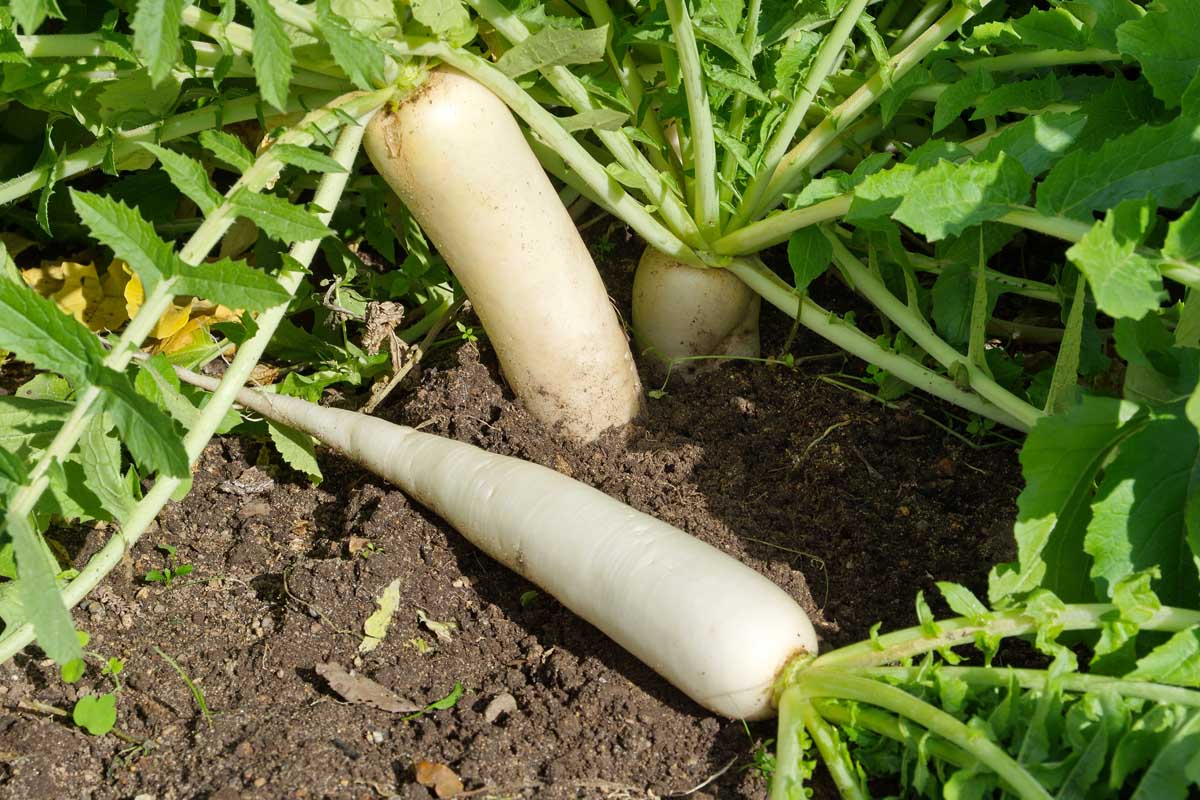
- Lettuce: Lettuce is another fast-growing vegetable that can be planted as a companion plant for watermelons. It helps to shade the soil and prevent it from drying out.
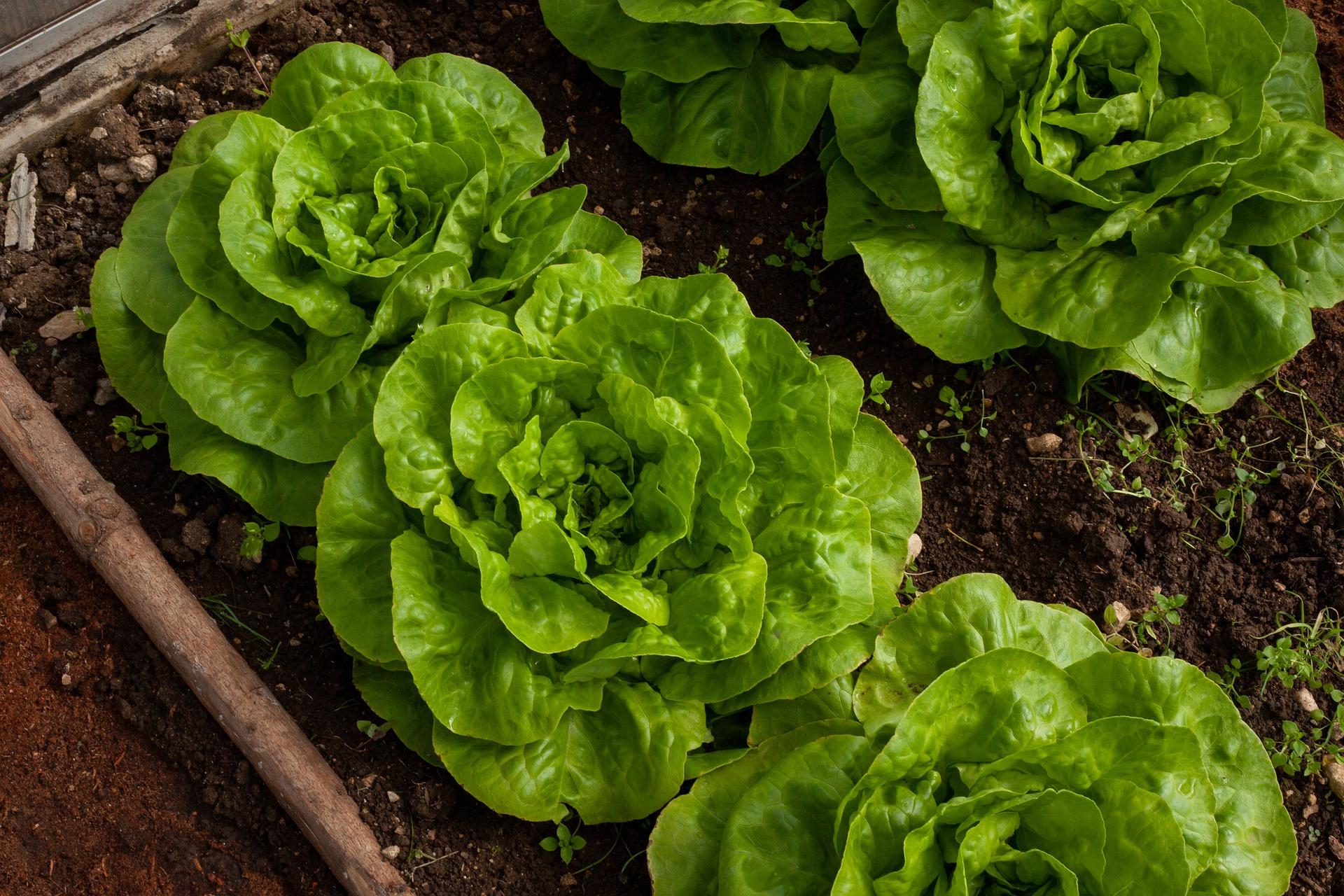
- Dill: Dill is a herb that helps to attract beneficial insects such as bees and butterflies. These insects help to pollinate the watermelon flowers, which leads to a better harvest.
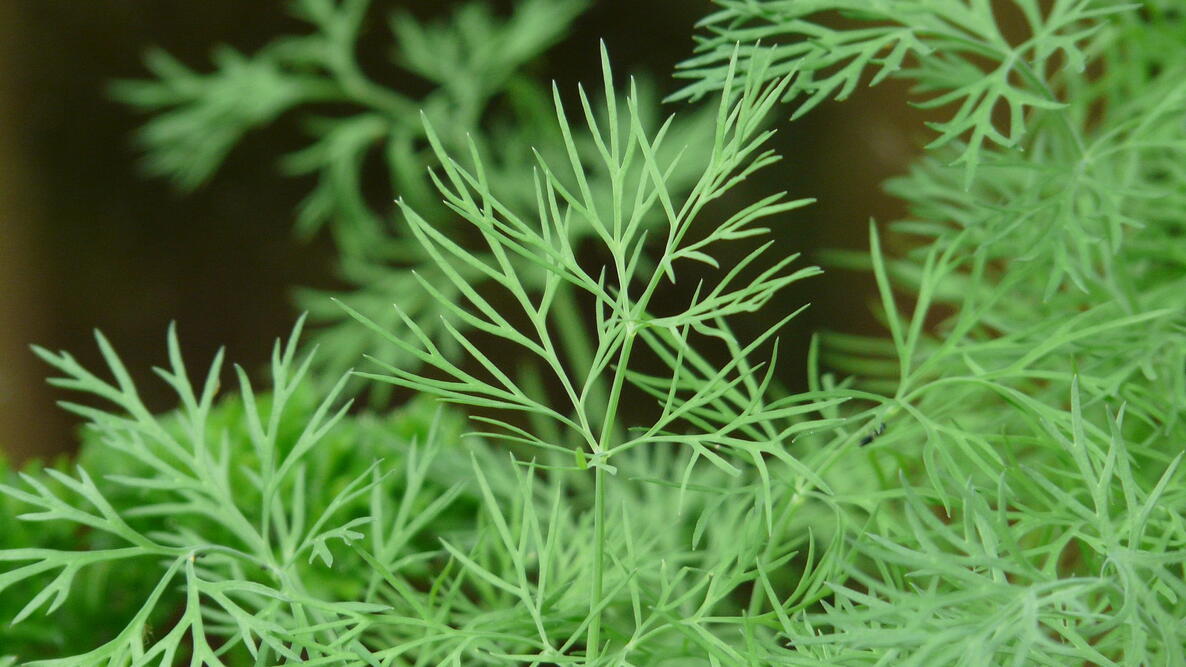
- Chives: Chives are a member of the onion family, and they help to repel pests such as aphids and spider mites. They also help to improve the flavor of watermelons.
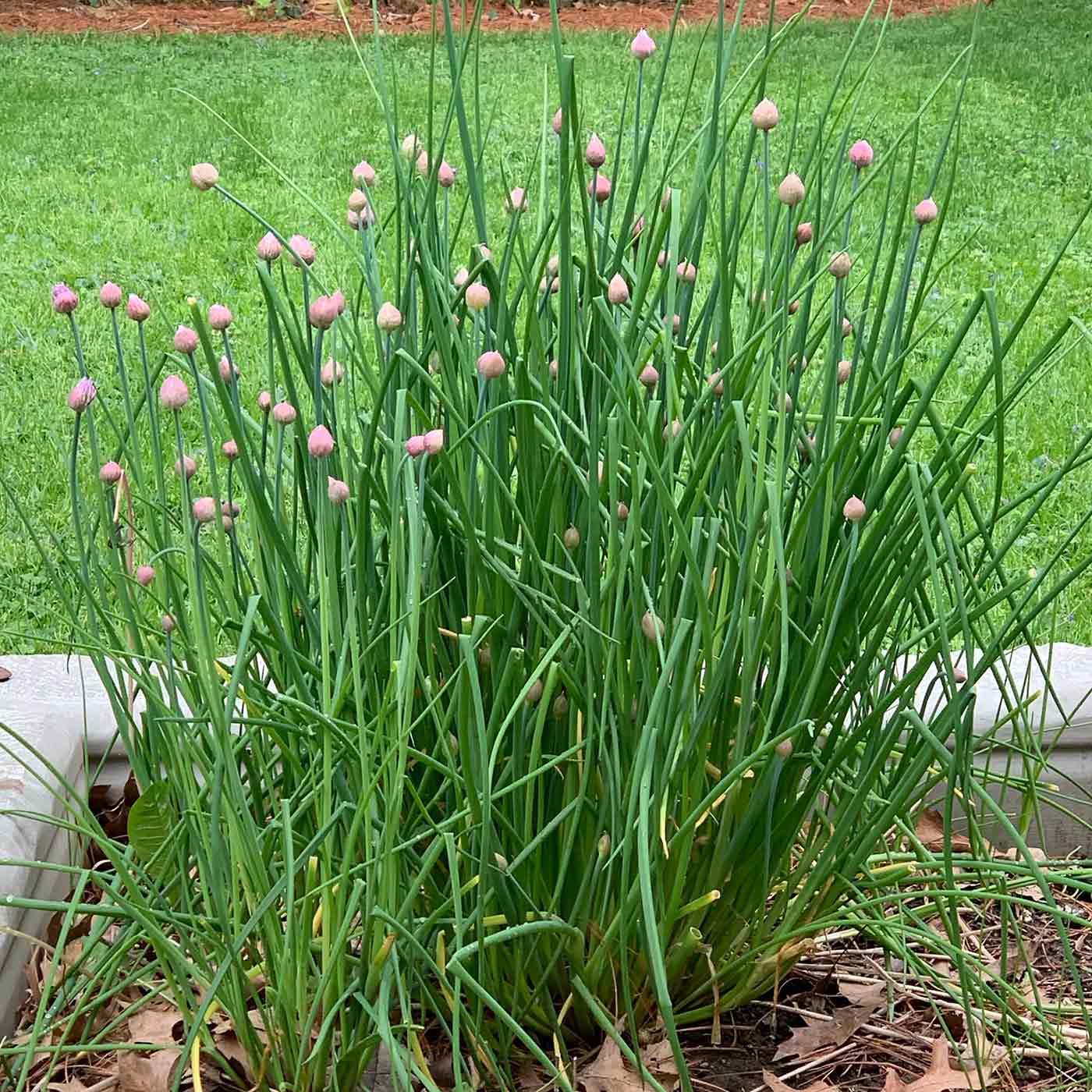
In addition to these plants, there are a few others that you should avoid planting near watermelons. These include cucumbers, squash, and potatoes. These plants are all susceptible to the same pests and diseases as watermelons, and planting them together can increase the risk of infection.
By planting the right companion plants, you can help to improve your chances of growing sweet, juicy watermelons. So next time you're planning your garden, be sure to include some of these beneficial plants.
Watermelons and cantaloupes are delicious fruits that are a great addition to any garden. But did you know that there are certain plants that can help to improve the growth and health of these fruits? Companion planting is the practice of planting certain plants together to benefit each other.
Some of the best companion plants for watermelons and cantaloupes include:
- Basil: Basil helps to repel pests such as whiteflies and aphids. It also attracts pollinators, which help to improve pollination and fruit set.
- Lettuce: Lettuce helps to suppress weeds and improve soil aeration. It also provides shade for the watermelon and cantaloupe vines during the hot summer months.
- Marigolds: Marigolds help to repel pests such as nematodes, beetles, and squash bugs. They also attract pollinators.
- Nasturtiums: Nasturtiums help to repel pests such as aphids and spider mites. They also attract pollinators.
- Radishes: Radishes help to break up compacted soil and improve drainage. They also provide a quick harvest, which can help to free up space in the garden for the watermelon and cantaloupe plants.
For more information about companion plants for watermelons and cantaloupes, please visit Gardenia Inspiration. This website provides a comprehensive list of companion plants, as well as tips on how to plant and care for these fruits.
FAQ of companion plants for watermelon and cantaloupe
FAQs on Companion Plants for Watermelon and Cantaloupe
Watermelon and cantaloupe are two of the most popular melons grown in home gardens. They are both members of the Cucurbitaceae family, which means they have similar growing needs. However, there are some companion plants that can help to improve the health and productivity of your watermelon and cantaloupe plants.
Here are the 5 most frequently asked questions about companion plants for watermelon and cantaloupe:
- What are some good companion plants for watermelon and cantaloupe?
Some good companion plants for watermelon and cantaloupe include:
- Beans: Beans help to fix nitrogen in the soil, which can benefit the growth of watermelon and cantaloupe.
- Garlic: Garlic helps to repel pests, such as cucumber beetles and squash bugs.
- Lettuce: Lettuce helps to suppress weeds and improve the drainage of the soil.
- Okra: Okra helps to attract pollinators, which can help to improve the pollination of watermelon and cantaloupe flowers.
- Marigolds: Marigolds help to repel nematodes, which can damage the roots of watermelon and cantaloupe plants.
- What are some plants that should not be planted near watermelon and cantaloupe?
Some plants that should not be planted near watermelon and cantaloupe include:
- Cucumbers: Cucumbers are susceptible to the same pests as watermelon and cantaloupe, so planting them together can increase the risk of pest infestation.
- Squash: Squash is also susceptible to the same pests as watermelon and cantaloupe, and it can compete with watermelon and cantaloupe for water and nutrients.
- Potatoes: Potatoes can harbor a fungus that can damage the roots of watermelon and cantaloupe plants.
- How far apart should watermelon and cantaloupe plants be planted?
Watermelon and cantaloupe plants should be spaced 2-3 feet apart. This will give them enough room to grow and spread without competing for resources.
- How long does it take for watermelon and cantaloupe to grow?
Watermelon and cantaloupe plants take about 80-100 days to mature. However, the exact growing time can vary depending on the variety of melon you are growing and the climate in your area.
- What are some tips for growing watermelon and cantaloupe?
Here are some tips for growing watermelon and cantaloupe:
- Plant watermelon and cantaloupe in full sun.
- Water the plants regularly, especially during hot, dry weather.
- Fertilize the plants with a balanced fertilizer every few weeks.
- Mulch around the plants to suppress weeds and retain moisture.
- Watch for pests and diseases and take steps to control them as needed.
Image of companion plants for watermelon and cantaloupe
- Marigolds. Marigolds are a great companion plant for watermelon and cantaloupe because they help to repel pests, such as aphids, whiteflies, and nematodes.

- Nasturtiums. Nasturtiums are another great companion plant for watermelon and cantaloupe, as they help to attract pollinators, such as bees and butterflies.

- Lettuce. Lettuce is a fast-growing, cool-season crop that can be planted alongside watermelon and cantaloupe to help to suppress weeds and provide shade.
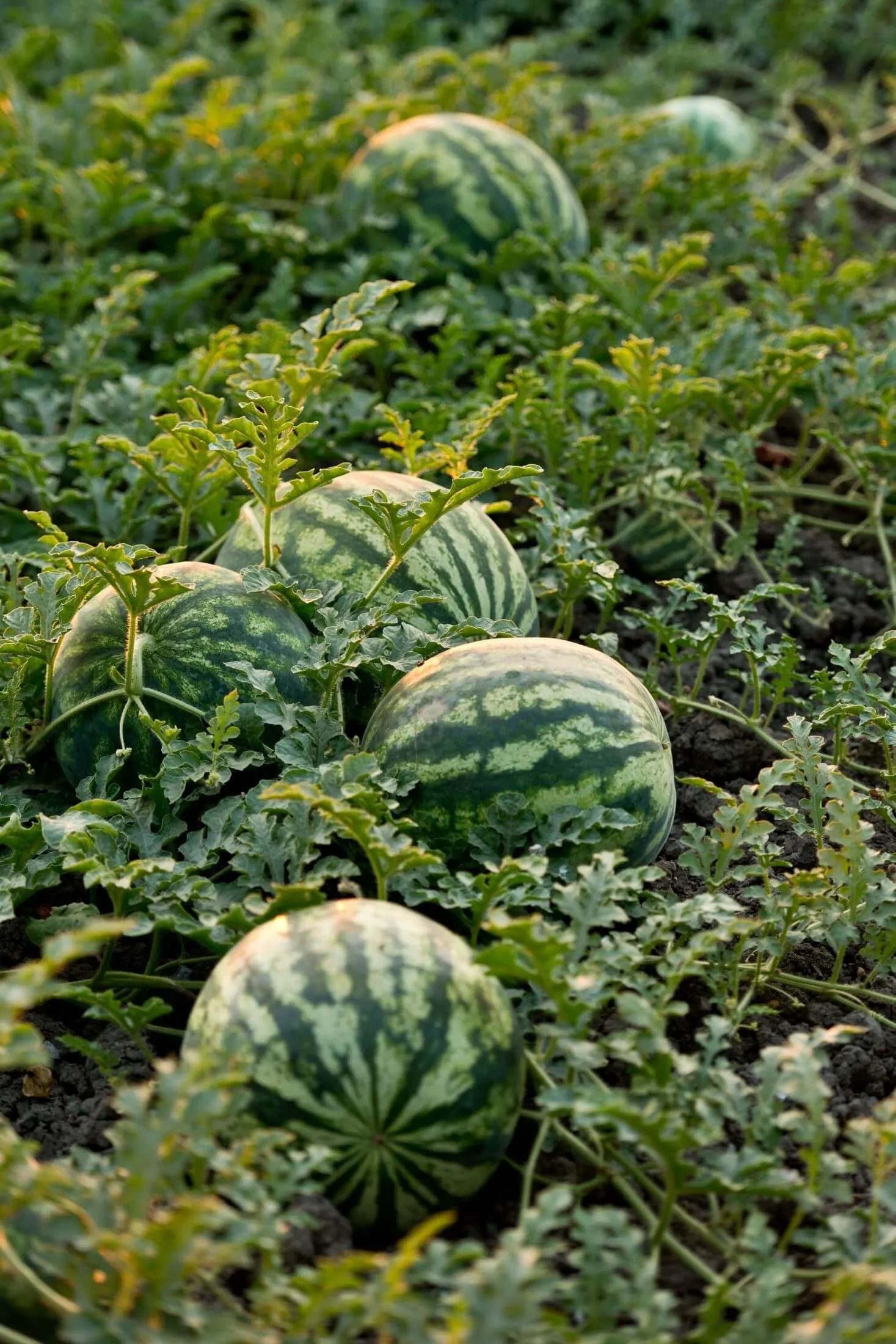
- Basil. Basil is a fragrant herb that can help to repel pests, such as mosquitoes and flies. It can also be used to flavor watermelon and cantaloupe dishes.

- Cucumbers. Cucumbers are a good companion plant for watermelon and cantaloupe, as they share similar growing conditions. However, it is important to plant them at least 3 feet apart to prevent the spread of diseases.

Post a Comment for "Grow Sweeter Melons With The Right Companion Plants"